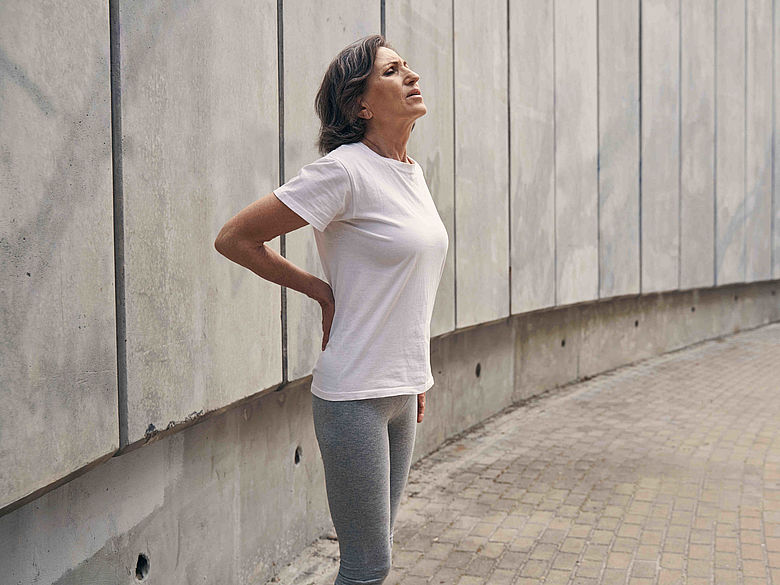Given the highly common nature of this condition and the age group of Clients which come through Vision, it is important for us as Personal Trainers to understand what degrees of lower back pain there are and whether it would be best to rest before attempting any training. The most common form of back pain experienced by Clients at Vision would be lower back pain.
This can be due to any number of variables including: daily load that is exposed to the erector spinae, glutes and surrounding core muscles engaged when picking up a load. Another reason for lower back pain is poor posture specifically when in a seated position. When seated, a ‘hunched’ position is the most common tell of bad posture, which shifts our center of gravity slightly forward and thus places unnecessary tension on the erector spinae and lumbar fascia (connective tissue).
Here are some tips on how to reduce back pain before exercising or performing any resistance training.
- Glute Activation: Almost every time we lift something using our lower limbs our gluteal muscles are constantly aiding in the process of hip extension. Thus, it is vital that we pre-engage our glutes before any lower exercises are performed, to protect our lower spine and increase our ‘mind muscle connection’ or neural drive required to activate muscle fibers. It has been shown that when we activate our Glutes our brain requires less neural drive (mind muscle connection) in order to stimulate contractions while exercising. This is beneficial as it takes pressure off the lower spine, by correcting muscular imbalances which are causing high strain on opposite regions of the lumbar spine.
Exercises to use:
- Banded lateral shuffles (athletic stance/weight on heels/emphasize sit back as if into a chair).
- Hip abduction (aided by machine or bodyweight).
- Single leg hip thrust/normal hip thrust.
- Isometric hamstring bridge normal/SL.
- Banded Glute kick backs
Regular stretching of Hamstrings and Glutes:
After almost every leg session I’d say most of the time we forget to give ourselves a decent stretch. Post session stretching has been shown to be the most effective way to increase flexibility and allow muscles to relax following intense sessions. Because of this most of the time you find people can’t touch their toes due to hamstring tightness or have a lack of hip mobility required to perform specific movements for exercises. This can be seen when we accommodate for pain by changing out technique, which places unnecessary stress on other muscles and results in instability and weakness. Here are some great stretches to use 1 - 2 times daily following lower body sessions.
Stretches to use:
- Banded lying SL Hamstring stretch.
- The Bretzel
- Dynamic pigeon stretches (Half circle in-front/walking hands around the half circle to change the angle the muscle is stretch from)
- 3 stage figure 4 stretch (Basically building into the ankle over knee stretch for glutes)
- Trigger ball/Myofascial release (rolling, applying constant pressure going with the grain of the muscle)
- Advanced Glute Activation: Additional Exercises: - GHD Hip Extensions - Lateral Goblet lunges - Bulgarian split squats - Single Leg Superman's

